Ethereum Merge finalized.
.
Everything works, now it’s PoS (Proof of Stake).
.
Congratulations!
.
PGF500 Team
.

Bloggin internal news
.
.
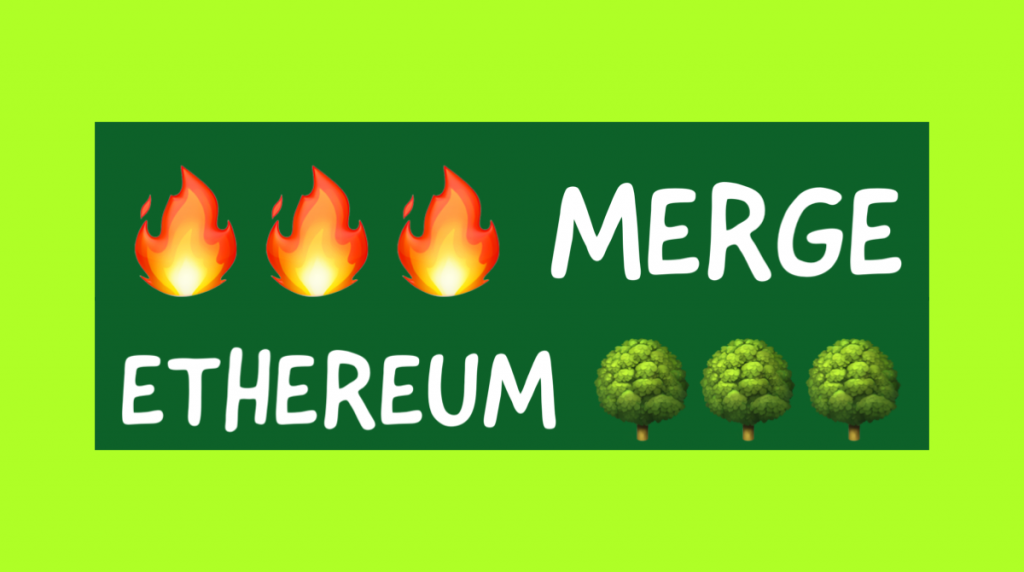
.
.

.
.
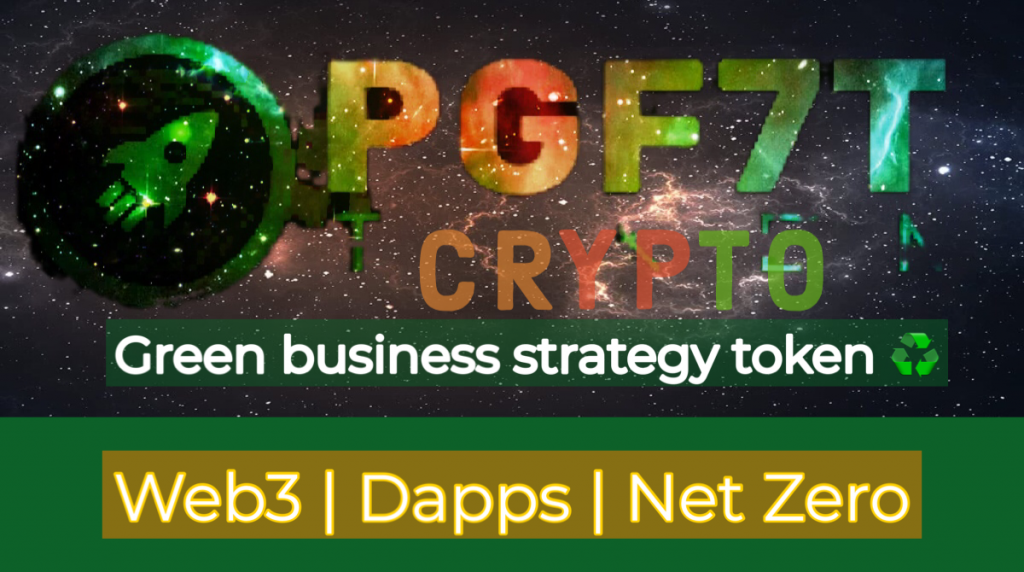 .
.
.
.
.
.
.
.
.
.
.
.

.
Vertical overview |
3 |
Q3 2021–Q2 2022 timeline |
6 |
Carbon & emissions tech landscape |
7 |
Carbon & emissions tech VC ecosystem market map |
8 |
VC activity |
10 |
Segment overview |
12 |
Carbon tech |
13 |
Green industry |
20 |
Built environment |
28 |
Land use |
34 |
.
Q2/2022 Carbon emission tech launch Report
—–
.
.
.
———
.

.
.
 .
.
.
.
.
.
.
.
.
.
.
.
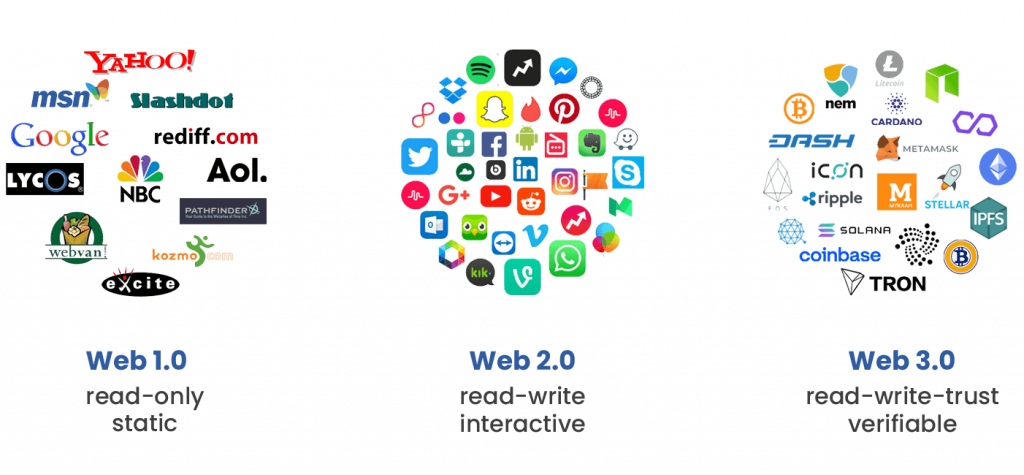
.
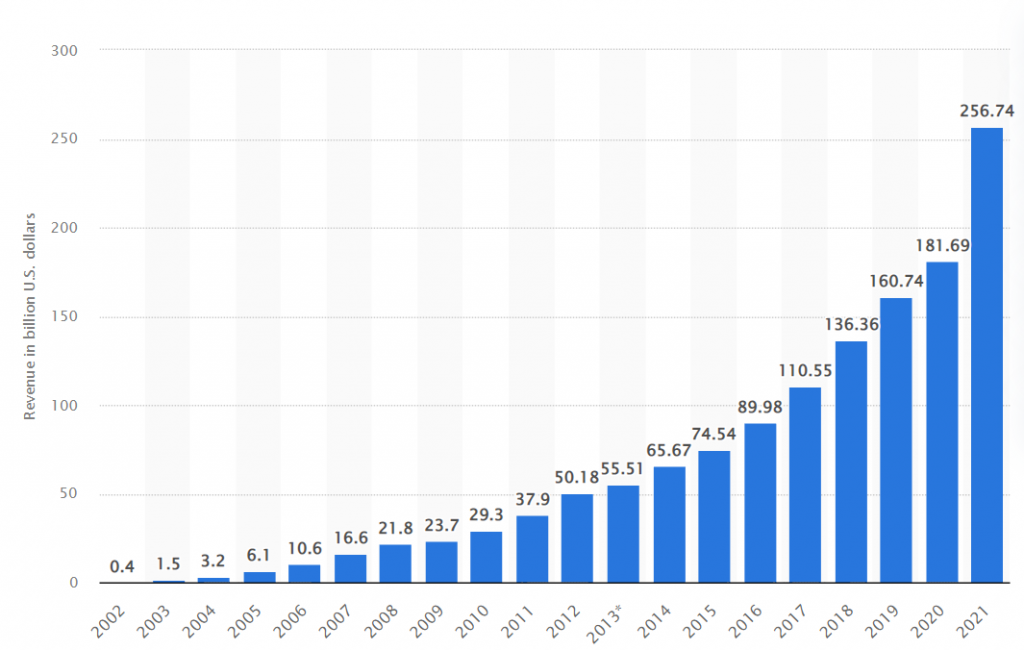

.
—-
.

.
.
.
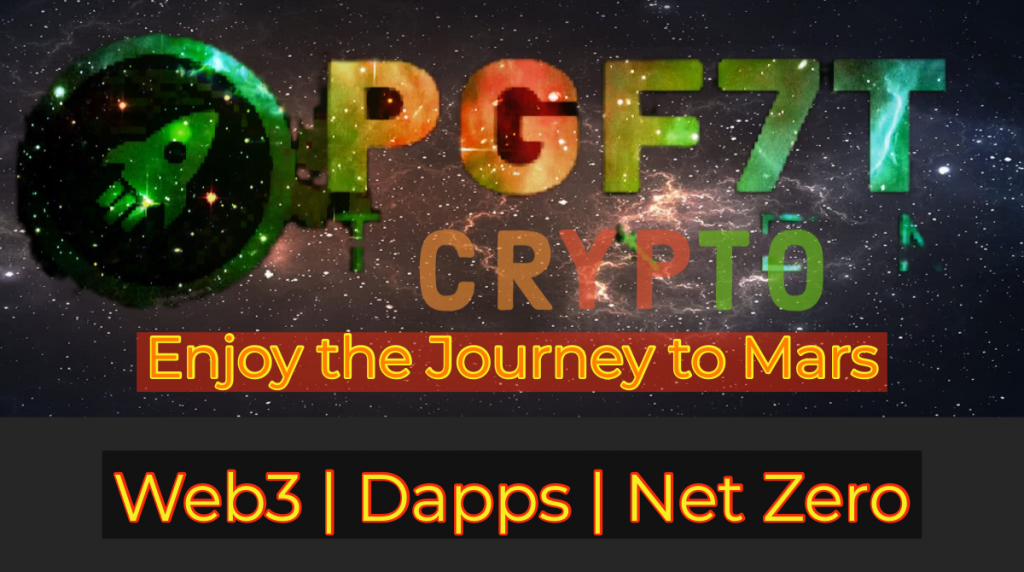
.
.
.
.
.
.
.
.
.
.


.
.

.
.

.
.

.

.

.
—-